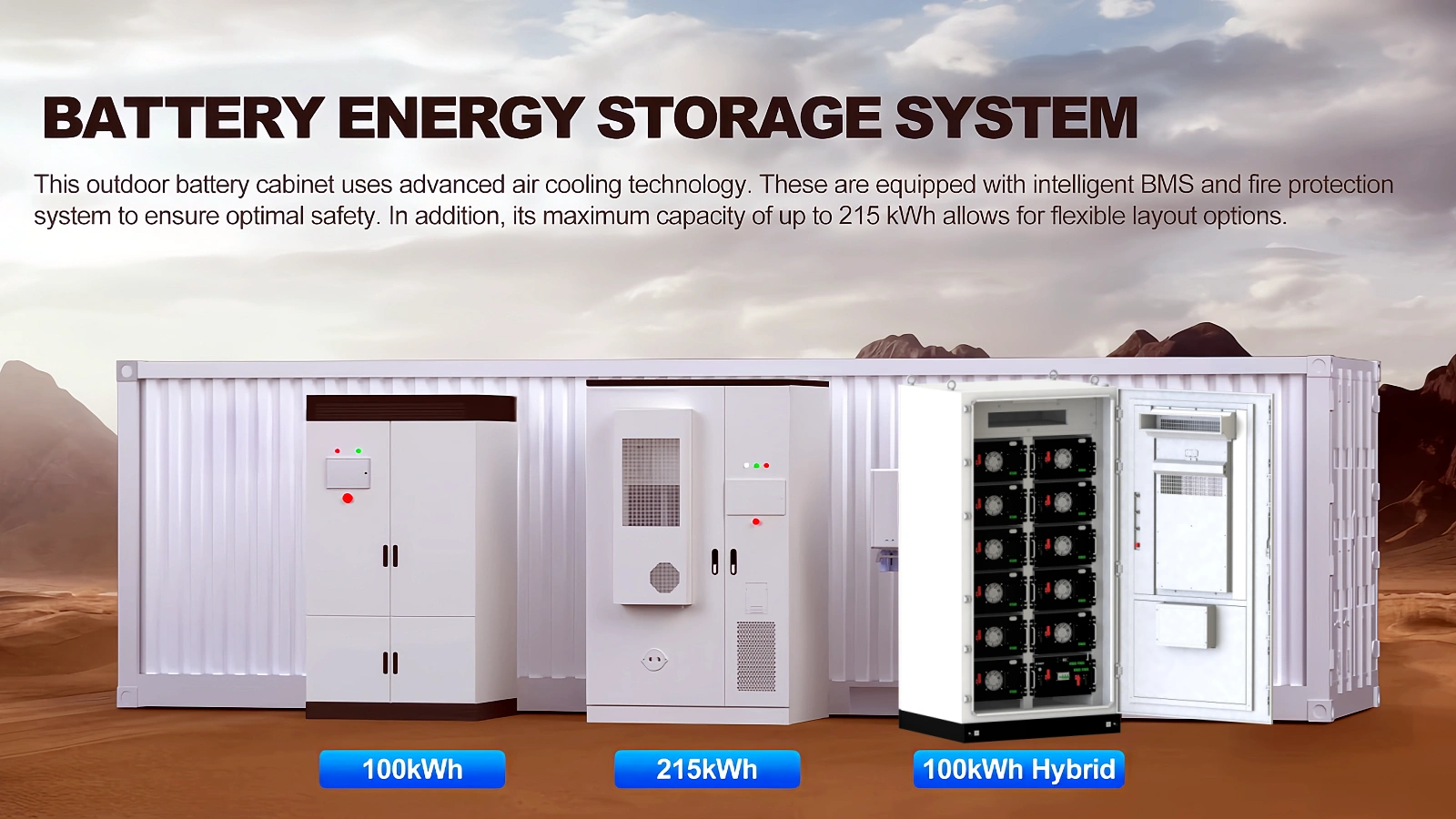Energy Storage in Europe
2025-03-10
HEXI
Unlocking the Potential of Europe’s Energy Storage Market: A Pillar of Renewable Growth
The European energy storage market has emerged as a critical enabler of renewable energy development, showcasing immense potential and promising opportunities. In recent years, Europe has come to recognize that the rapid expansion of renewable energy capacity must be matched with equally robust energy storage solutions. As a result, energy storage technologies have become a cornerstone of the continent’s energy transition and economic resilience.
1.The Urgency of Energy Storage Amid Renewable Growth
According to the International Renewable Energy Agency (IRENA), Europe’s renewable energy capacity surged to 894 GW between 2010 and 2023, with projections estimating it will reach nearly 1,600 GW by 2030—a remarkable 78% increase. However, challenges such as the volatility of renewable energy sources, geopolitical tensions like the Russia-Ukraine conflict, and extreme weather events have exposed vulnerabilities in Europe’s energy systems. For instance, the summer drought of 2024 led to a 35% drop in hydropower generation, while severe winter conditions spiked heating demands, forcing a temporary reliance on coal and driving carbon prices to €120 per ton.

These challenges underscore the critical role of energy storage. Beyond stabilizing supply and demand in the grid, storage solutions address the intermittency of renewable energy, ensuring consistent power availability. To reduce reliance on external energy sources, Europe is accelerating the localization of its energy storage value chain by leveraging policy incentives, financial investments, and technological advancements.
2. Energy Storage: A Lifeline for Europe’s Manufacturing Sector
Rising electricity costs have significantly strained Europe’s manufacturing sector. In 2024, industrial electricity costs in Germany soared by 42% year-on-year, compressing profit margins and forcing energy-intensive industries such as chemicals, steel, and ceramics to scale back operations or relocate production to regions with more stable energy prices.
Energy storage offers a strategic solution to this crisis. By deploying storage systems, manufacturers can store electricity during off-peak hours when prices are low and utilize it during peak periods, thereby reducing energy costs and enhancing competitiveness. Additionally, energy storage mitigates grid fluctuations, ensuring uninterrupted power supply and preventing production halts caused by outages. This not only boosts operational efficiency but also safeguards business continuity.
3.The Multifaceted Benefits of Energy Storage
Energy storage technologies extend benefits far beyond energy cost savings. They are pivotal in driving the manufacturing sector toward low-carbon and sustainable practices. By optimizing energy consumption and reducing emissions, businesses align with global sustainability goals. Furthermore, advancements in energy storage catalyze innovation across related sectors such as batteries, power electronics, and control systems, opening new avenues for industrial growth.
European governments are playing a proactive role by introducing policies that support energy storage adoption, including subsidies and tax incentives. These measures attract investment, foster industrial upgrades, and create employment opportunities, further strengthening the region’s economic fabric.
4. A Vision for the Future
In the years ahead, energy storage will cement its position as a key driver of Europe’s energy transition and economic revival. As technologies evolve and costs decline, energy storage systems will play an increasingly vital role in ensuring energy security, stabilizing electricity prices, and enhancing industrial competitiveness. By embracing energy storage, Europe can achieve energy independence, secure a leading position in the global renewable energy market, and lay a solid foundation for sustainable economic and social development. So, do you think energy storage can really change the European C&I energy market in the short term? Is your company already considering energy storage investment? Feel free to share your views in the comments section!
